Born in 1806 and died in 1859 aged just 53… and was considered to be one of the most ingenious and prolific figures in engineering history. Making a massive contribution to the design and construction of ships, bridges and rail. A small selection of his many achievements are highlighted below.
Aged 20, Brunel helped his father design and construct the 1,300 foot Thames Tunnel, which undercuts the Thames between Rotherhithe and Wapping.
One of his most famous constructions was the Clifton Suspension Bridge in Bristol which to this day still carries over 4 million vehicles a year.
In 1836, Brunel married Mary Elizabeth Horsley, the eldest daughter of composer and organist William Horsley. They established a home at Duke Street, Westminster.
From around this time, the newly married Brunel began to design steamships for transatlantic voyages. He hoped to extend the journey of the GWR not only from London to Bristol, but onwards to New York by steamship.
He was also appointed Chief Engineer of the Great Western Railway and was able to demonstrate some impressive achievements including viaducts and tunnels (thanks in part to his experience with the Thames)
Among the many stations he designed in his career, the present London Paddington Rail Station was designed by Brunel and was opened in 1854.
Not all his projects were successful. An example of this is his Atmospheric Railway.
When Britain entered the Crimea war in 1854, many British soldiers suffered from cholera, dysentery, typhoid and malaria. Florence Nightingale sent a plea to The Times for the government to produce a solution. In response, Brunel was asked to design a pre-fabricated hospital which could be transported to Turkey and quickly constructed.
The Renkioi hospital provided access to sanitation, ventilation, drainage, and even rudimentary temperature controls – designs which are still used today. Some sources claimed that out of around 1,300 patients treated in the hospital, there were only 50 deaths. Florence Nightingale described them as ‘Those magnificent huts’.
Brunel was also responsible for the redesign and construction of many of Britain’s major docks, including Bristol, Monkwearmouth, Cardiff and Milford Haven.
Brunel died of a stroke on 15 September 1859. Possibly brought about by a lifetime of heavy smoking.
Apparently we started something when we named our dogs Brindley and Telford!

I found myself next door to Jane and Julian at Aynho for a brief period and was thrilled to meet ’Izzy’ – a three month old terrier puppy!
“We reckon Brunel is the best engineer”
Jane explained their choice of name for the adorable bundle of fluff!
“This is Isambard kingdom Brunel. Because we reckon Brunel is the best engineer. We thought she was going to be a boy (we were going to call her Brunel) – she comes from a litter my friend’s dog had. They don’t pick up the puppies for the first 7 days as otherwise mum might reject them. So I knew we were going to have the first one with black ears and white body – whatever it turned out to be… It was a surprise when she turned out to be a girl! All the pups were called by their names from 2 weeks old … so she had hers shortened from Isambard Kingdom Brunel to ‘Izzy’
Izzy lives with Bess. Bess is a lurcher. Whippet x deer hound x saluki. She is 9 years old and us and the family think she is the best dog ever.
Izzys mum is a Patterdale x not known and her dad is a Jack Russell. There were 6 puppies in the litter and it was Myla’s first litter.”
A fraction of the information available about Brunel online:
https://greatestbritons.com/isambard-kingdom-brunel
http://www.ikbrunel.org.uk/thames-tunnel
http://www.ikbrunel.org.uk/great-western-railway
http://www.ikbrunel.org.uk/atmospheric-railway
https://britishheritage.com/history/isambard-kingdom-brunels-atmospheric-railway
https://www.thesun.co.uk/news/7971984/paddington-station-built-damage-world-war-two/
https://visitbristol.co.uk/things-to-do/brunels-ss-great-britain-p25861

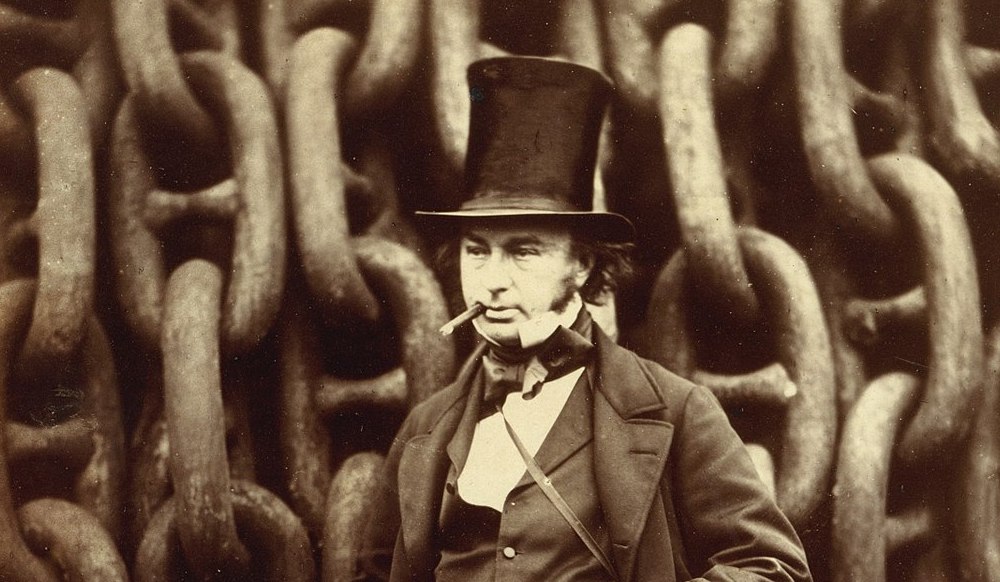

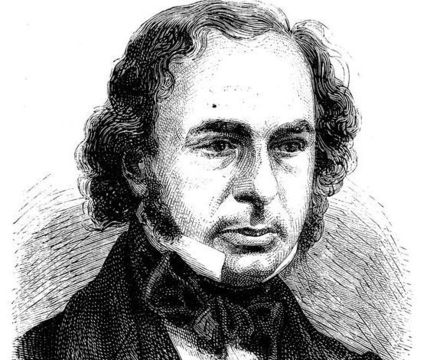





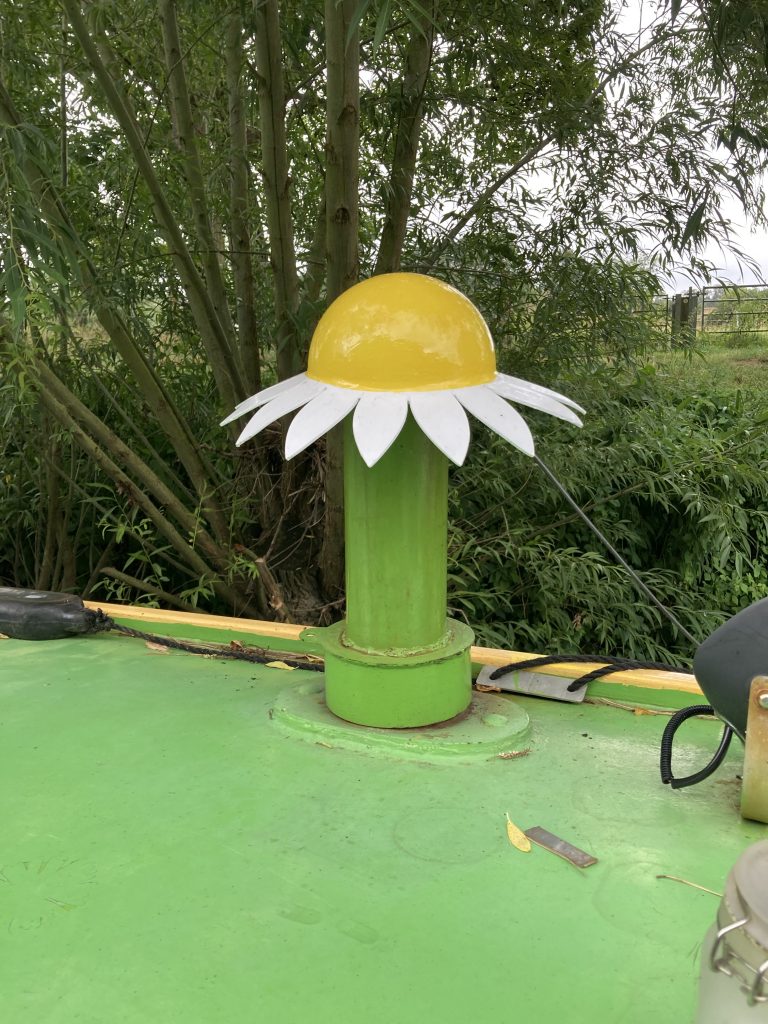
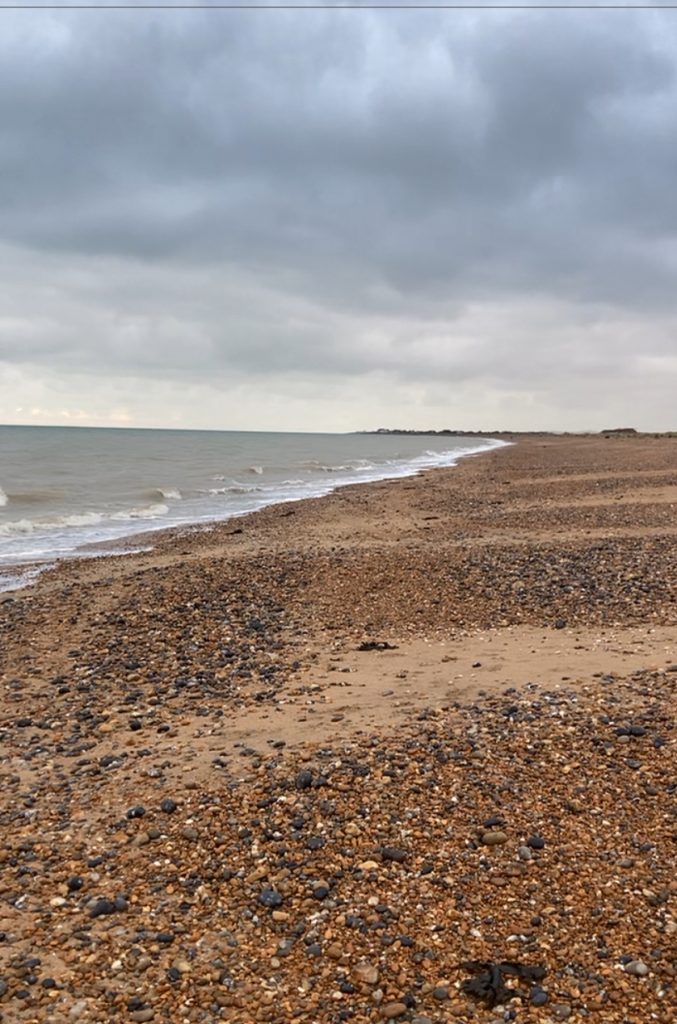
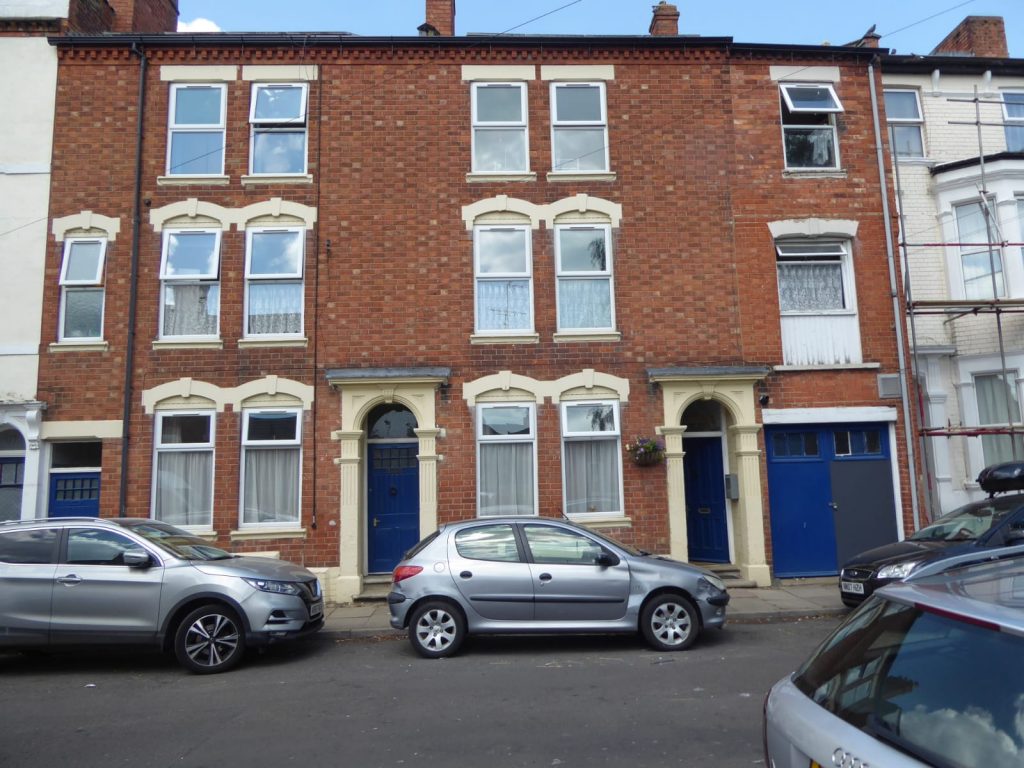
Thanks Alice! I didn’t know he had a thing about Sphinxes! Xx
More info on Brunel for you – one of his final projects. He also had a bit of a penchant for Egyptian sphinxes & incorporated them into various works. Rumour has it that he was the advisor behind the two famous ones which still stand at Crystal Palace (& were recently restored to their Victorian glory). They look magnificent!
https://insidecroydon.com/2020/09/24/remains-of-brunels-crystal-palace-tower-granted-listed-status/